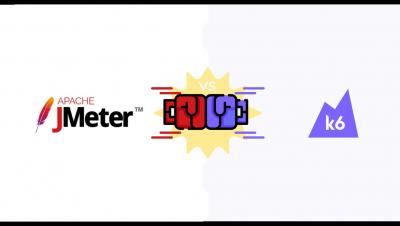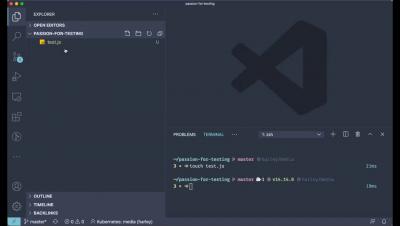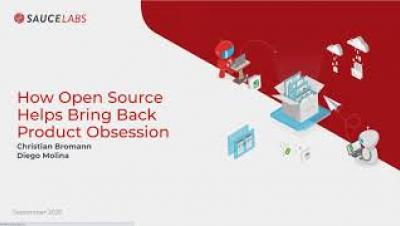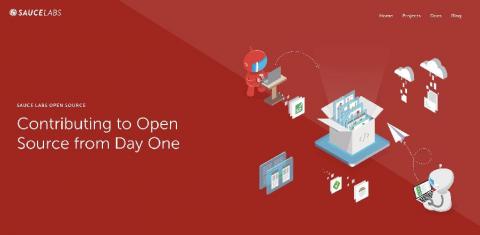Systems | Development | Analytics | API | Testing
Open Source
An introduction to performance testing with open source tools, with Simon Aronsson
Learnings from CNCF's Envoy and OPA Creators Matt Klein and Tim Hinrichs
How Open Source Helps Bring Back Product Obsession
Top 10 Best Node.js Open Source Projects to Keep an Eye On
NodeJS is a server-side platform that’s built on the JavaScript Engine (V8 Engine) of Google Chrome. It’s an open-source, cross-platform runtime environment for JavaScript code execution outside the browser. The platform, being event-driven, works on a non-blocking I/O model, making it lightweight and effective in building web applications. With the platform, you could simultaneously run code on the client and server side, hastening the development process.
Introducing The Open Source Program Office
Recently, we created the Sauce Labs Open Program Office to focus our attention internally on how we support and contribute to the open source community. Last week, we proudly launched a new web site with comprehensive information about the office, including best practices, contribution guidelines for the Sauce team, and a new blog where Diego Molina and Christian Bromann will write regularly about all things open source. This article is cross-posted from the new blog.
Comparison of Open Source API Analytics and Monitoring Tools
For any API-first company, implementing the right API analytics platform is critical for tracking the utilization of your APIs and to discover any performance or functional issues that may be impacting customers. There are a variety of open-source projects you can leverage to build a complete API analytics platform. Before jumping into building an API analytics solution yourself, you should first list out your requirements and use cases.
Open-Source vs Commercial tools for test automation?
In software testing, open-source tools have existed for quite a while and they will keep existing in the future. New testing frameworks and tools appear every single day, so how do you know what works best for you? Are commercial tools better than open-source alternatives or the other way around? There is no clear answer and “it depends” highly on your needs. Teams are unique and should use whatever tools they want in order to be more efficient, productive, and happy.
Open source load testing tool review 2020
It has been almost three years since we first published our first comparison & benchmark articles that have become very popular, and we thought an update seemed overdue as some tools have changed a lot in the past couple of years. For this update, we decided to put everything into one huge article - making it more of a guide for those trying to choose a tool.











